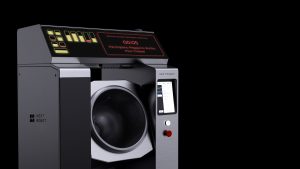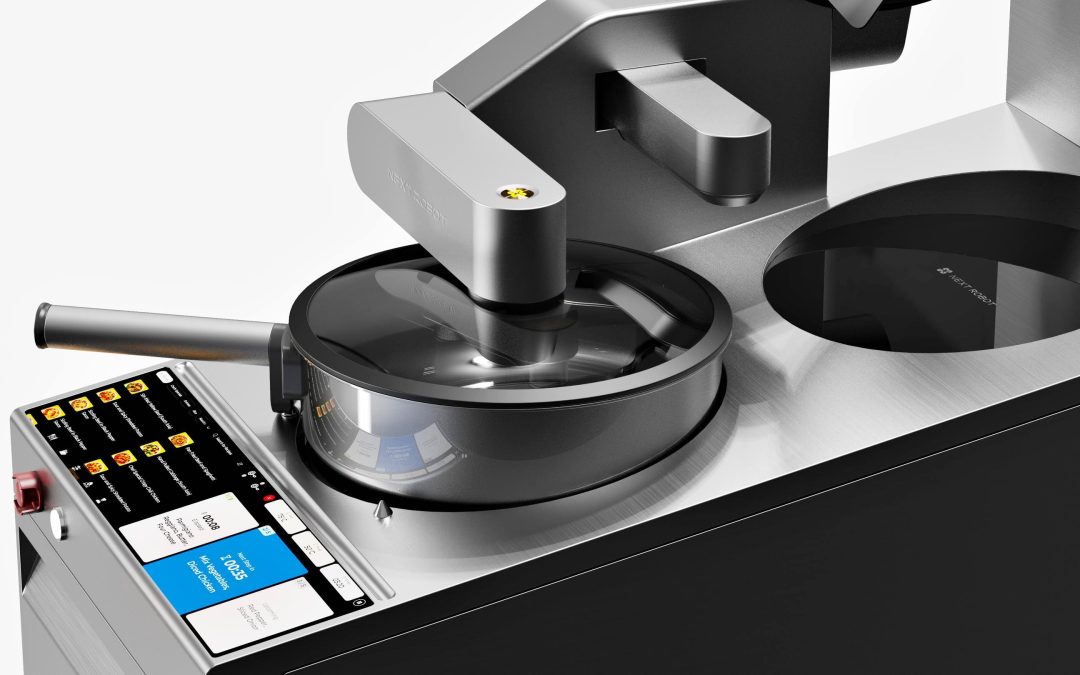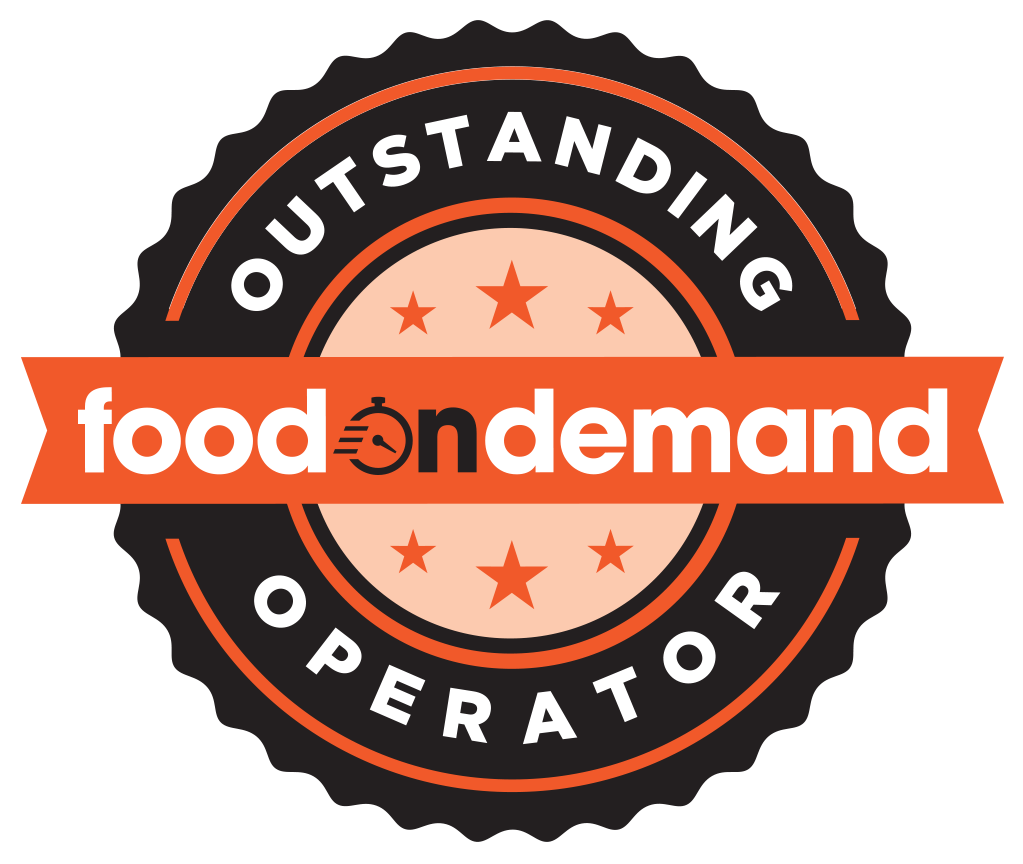A key temperature for making risotto, once you sauté the onions in oil and toast the rice, is 207 degrees. That’s when the white wine will boil. Then you dial up the temperature to 208 and add water. And you keep adding small amounts of water during careful intervals. The ingredients will swirl to heavenly delight. The whole thing takes about a half-hour. The trick is doing it perfectly. For most operators, this is not easy. For Next Robot’s new Al Dente robot, it is.
“It does most of the steps by itself, including heating, stirring, adding seasonings and sauces,” said Giggs Huang, co-founder and CEO of Next Robot, in an interview. “The chef just needs to program the recipe. You load the ingredients in the feeders and you can walk away.”
Al Dente stays active during the creation of the dish. It has AI capabilities to assess the inputs, such as temperature, and make adjustments.

This robot never forgets the parmigiano and butter.
“To cook perfect risotto you need to add water 20 to 30 times,” he said. “It’s a lot of effort. But with our robot we keep the temperature at the right level. It will know when to add the butter and the cheese and finish cooking. When the butter and the cheese emulsify with the rice, it’s finished.”
This isn’t Next Robot’s first foray into fast-casual dish automation. It launched a stir-fry chef named Robby in 2023, which can cook up to 17 pounds of food in under five minutes. It is now used in more than 100 restaurants, for a monthly lease of $1,199.
Huang has high hopes for Al Dente, which the company unveiled at the National Restaurant Association Show in Chicago last month. It will be testing it with a couple existing customers in a couple months. There may be refinements, which Huang expects. He called in to our interview from China, where he traveled to visit the company’s factories.
“We’re gathering feedback for our third prototype, which is what we’re going to test in a real environment,” he said. “We’ll be training our computer-vision model to know when the risotto is 75 percent and ready for the next step, 80 percent, 95 percent, 100 percent. It’s tricky because if the heat is too high the risotto will be overcooked and will never be good again. A lot of other robots just base their cooking on time and heat. But ours actually watches the food while it’s cooking and determines the next step.”
The company is pointing toward the first quarter of next year to be fully operational. Among its targeted markets are fast-casual restaurants and pasta bars, as well as pizza shops that don’t serve pasta. “Pasta is a perfect match for them,” he said.
It’s also planning to approach convenience stores.
“7-11 is expanding its cooked-food program,” he said. “It currently offers items like hot dogs and pizza. But I think it would make sense for it to add pasta items, which it can do without adding cooks.”
Huang is confident Al Dente will become popular. He’s seen Robby work in many locations.
“We have three Robbys in operation at Tigawok,” he said. “The reviews have been fantastic.”
Next Robot has competitors in the automated makeline game. Vebu processes avocados for guacamole. CaliExpress uses Cucina to make burgers. Moto has Cibotica to make salads and bowls. Kitchen automations aren’t novel anymore. But using technology to make risotto and spaghetti pomodoro is, for now. And it can make dishes in volume, which could prove beneficial to commercial kitchens. The company recently brought three Robby robots to Fountain Valley High School and prepared 600 lunches, including garlic chicken pasta bowls, in two hours. The pace is no problem. No one freaks out. This isn’t an episode of The Bear.
The current iteration of Al Dente still requires some chef involvement, to do things like add starches and proteins to the pasta. But the company is working on eliminating those tasks.
“In the future even the loading process of ingredients will be automated,” he said. “Our goal is to free up chefs so they can stay creative working on recipes and ideas.”


